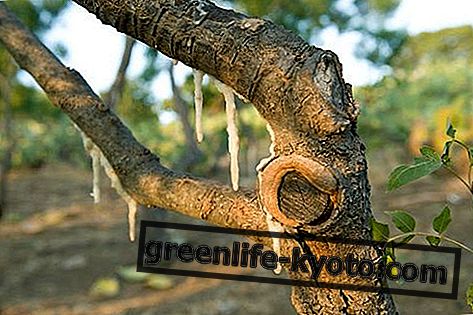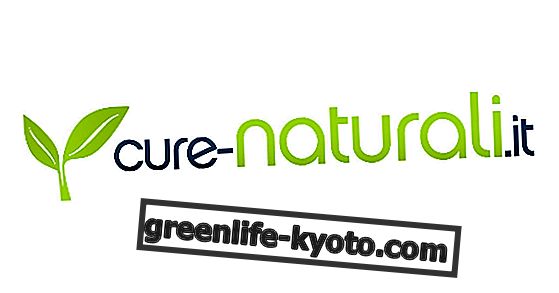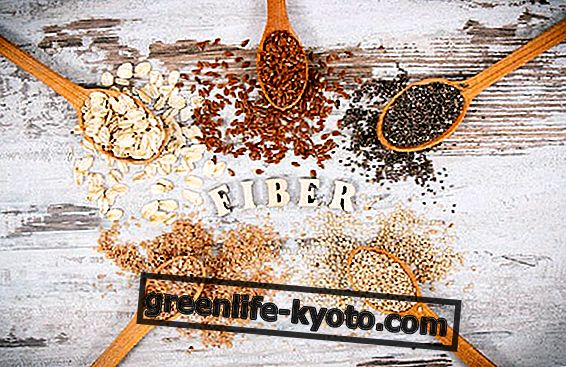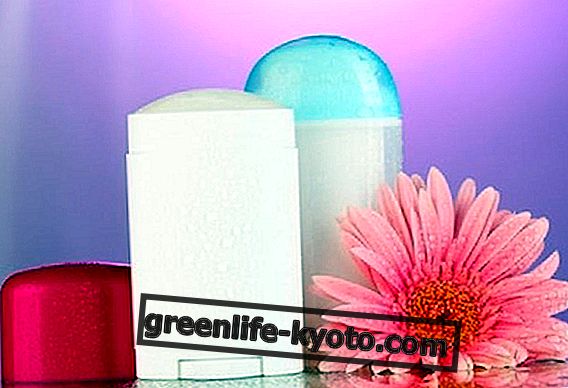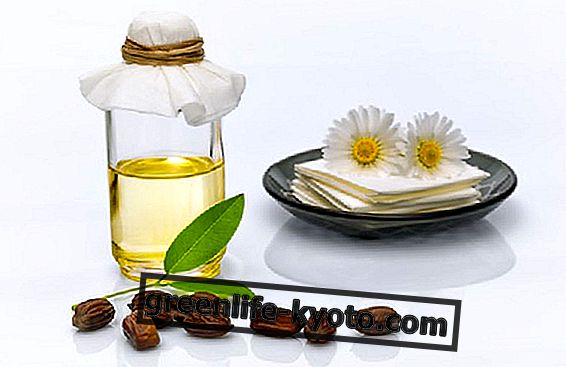
by Alessio Musti
What happens when an attentive consumer like the consumer of organic food looks at the label of the shampoo or cream he uses for his children, of the aftershave, of an anti-wrinkle cream, or of a preventive treatment against all kinds of imperfections?
It is usually found in front of beautiful words that illustrate the sensational benefits of the product, the virtues and the merits of plant extracts in general, but when it is applied to understand something of the ingredients it is found lost in a jungle of incomprehensible terms. They are called INCI codes , and they are definitions of the raw materials used in cosmetics in force at European level, mandatory by law.
It is not the producer's unwillingness to make oneself incomprehensible, it is a legal imposition. But this does not help most consumers, and despite being a laudable form of Europeanism, it puts in crisis those who want to know what is actually inside the elegant jars and tubes of creams or designer make-up. So let's try to clarify the mysterious world of natural cosmetics.
What the law says
Our legislation is now well articulated and quite satisfactory in terms of guarantees on production methods and on the characteristics of a cosmetic (see law 713/86).
However, the nomenclature chosen for the labels is not always accessible to non-experts and other, and more serious, difficulties arise from the lack of controls, the system's real weak point.
Having correct and reliable information, so that the consumer knows where to put his trust, is still a distant goal. And on this point, the legislator still has a lot to work on.
What is meant by natural cosmetics
If we talk about natural cosmetics we generally mean plant-based cosmetics. There are more than 5, 000 substances that can be used to make cosmetics. At least 1000 of these are natural or derived from natural sources. We immediately encounter the first obstacle, or the first misconception: it is necessary to point out that it is difficult, except for a few exceptions (massage oils, ointments, aromatic distilled waters for example), to make entirely vegetable products. In most cases we are thus faced with specific formulations.
As simple as the recipe is, and active ingredients and substances of natural origin are listed and advertised, in natural cosmetics, as in cosmetics in general, we will be faced with emulsifiers, surfactants, preservatives, etc.: a true constellation of various substances nature, and often it will be synthetic substances. It follows that it is essential to read carefully the description of the content in vegetable substances, trying to evaluate and distinguish the advertising incidence from the real content.
At best, the products defined as "natural" contain at most 10% of vegetable substances as is, and variable doses of substances obtained by processing of vegetable substances. But in many cases, the botanical names listed on the label correspond to negligible percentages, and to make the lion's share are petrolatum, silicones, pegs, ethoxylates, etc.….
And here we are, therefore, many consumers know that the natural equation = good is false in many cases, and they wonder how to recognize a cosmetic "healthy" or "clean" or at least not "at risk", considering that many substances used in cosmetics they are potentially allergenic, sensitizing, or even toxic!
What they are and when to use natural cosmetics
What is the right concept of phytocosmetics and natural cosmetics?
A phytocosmetic that is not a facade, but a content one, will be formulated with both plant-based and vegetable-derived substances, it must contain adequate doses of functional plant substances, such as to ensure the promised cosmetic effect.
Above all, in our opinion, it must guarantee consumers that no potentially hazardous substances have been used for their health and for the protection of the environment. Our skin also has its ecosystems: it is essential to respect its balance, and protect it from the external environment.
A too aggressive detergent, for example, leaves the skin bare and unprotected. Like a desert. Our skin is like our land. Maintaining balance means preserving health.
Is it really inevitable to produce cosmetics using toxic substances or at risk, pollute the environment, torture thousands of innocent guinea pigs?
The fact that there are now numerous consumers and operators attentive to the cosmetics issue is demonstrated by the ever growing initiatives in the sector: interventions in specialized magazines, conferences during the major national fairs, internet sites with forums where people are animatedly discussed on the naturalness and ecological nature of cosmetics and detergents in general, as well as the new bio-dictionaries to try to understand if the ingredients are ecological or biodegradable.
The conscious consumer wants to know not only if the product is ecological and skin-compatible, but also if animal tests have been done, and unfortunately the wording is sometimes not completely true.







